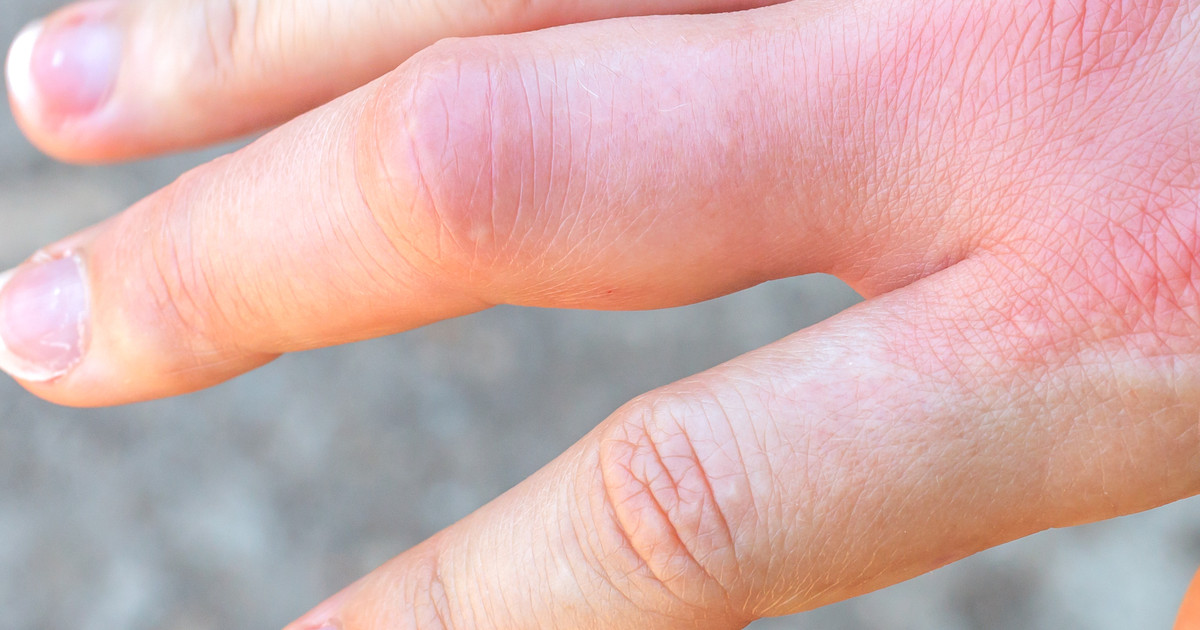Guide To The Symptoms Of Carpal Tunnel Syndrome
Carpal tunnel syndrome is a commonly occurring condition caused by the compression or squeezing of the median nerve. This is one of the major nerves that connects the hand to the spinal cord, and it has to travel through the wrist to function. Carpal tunnel syndrome is often a progressive condition that gets worse with time. Due to that, early diagnosis and treatment are essential.
All patients want to experience carpal tunnel pain relief. In many cases, carpal tunnel pain relief at night is the most important so that they can rest. This is why prompt treatment for carpal tunnel syndrome is vital. Many patients experience success by wearing a wrist splint and engaging in physical therapy for carpal tunnel syndrome. In severe and advanced cases, however, patients may need surgery for carpal tunnel syndrome. Ultimately, patients must understand the major symptoms of this condition for the best treatment.
Numbness And Tingling

Numbness and tingling are often the first two symptoms of carpal tunnel syndrome. Affected individuals may not even notice these sensations until the condition progresses. Some patients notice the tingling and numbness but ignore it, assuming it is due to circulation rather than being a serious medical condition. Individuals who notice that their hand or arm feels numb or tingling often, especially after they have used their hands, should be concerned. Carpal tunnel syndrome causes these symptoms due to the compression of the nerves in the wrist.
Of course, it is vital to note that other conditions affecting the nerves or blood vessels can also lead to numbness or tingling. One such condition is peripheral neuropathy, which involves damage to the nerves found in the extremities.
Itching Or Burning Sensations

Another classic pair of carpal tunnel syndrome symptoms are itching or burning sensations. These may occur alongside numbness or tingling. They may also occur without an individual experiencing numbness or tingling. There have been some cases where the numbness progresses to burning and itching. These feelings occur due to nerve compression. In most patients, carpal tunnel syndrome begins in the dominant hand, especially if they have been using that hand to write or do other labor-intensive work.
If individuals are experiencing unexplained burning or itching, they should talk to a doctor. These sensations are often signs that something is amiss with the nervous system. This is especially the case if affected individuals do not have any accompanying skin symptoms like redness or rashes. The majority of patients treated for carpal tunnel syndrome make a complete recovery. It is rare to experience a recurrence. One of the most critical aspects of treatment is rest, which is sometimes difficult for students and office workers.
Reduced Grip Strength

Individuals dealing with carpal tunnel syndrome may also notice they have a reduced grip strength that may worsen over time. The nervous system is responsible for controlling movements. The brain sends signals to the muscles through the nerves. When the median nerve is compressed at the wrist, the brain cannot send effective signals to the fingers. Since the nerve is not damaged enough to interrupt the signals entirely, individuals can still grip things. However, they may not have the same strength or tightness they used to. This can make it very difficult and frustrating to engage in activities like writing with a pen, typing, painting, knitting, and crocheting.
Artists who hold tablet pens and pencils frequently are more susceptible to carpal tunnel syndrome. There are several exercises individuals can do to keep their wrists flexible and prevent their nerves from becoming compressed. It also helps to get up and stretch at least once every half hour or so, which prevents the wrists from becoming stiff.
Muscle Cramping

Muscle cramping is also common with carpal tunnel syndrome. Patients may notice it when trying to use their dominant hand to complete tasks like painting or typing. However, the cramping can also persist even in situations where they are not actively using their hands. Individuals may experience pain and cramping when they are just trying to watch television or go to bed. The decreased nerve conduction can cause their muscles to become weaker over time as well.
When muscle cramps are caused by carpal tunnel syndrome, experts refer to this as a carpal spasm. Spasms occur when the muscles contract involuntarily. It is not very common for carpal tunnel syndrome to lead to muscle spasms in the hands, though some patients have experienced this occurrence. If individuals notice their dominant hand is cramping involuntarily on an ongoing basis, they should talk to a doctor. The reason is that there are other causes of muscle spasms as well. Individuals may experience spasms without carpal tunnel syndrome if they have overused their muscles by typing, writing, or drawing without a break. Low magnesium and calcium can also lead to cramping.
Reduced Coordination

Patients with carpal tunnel syndrome often experience a marked reduction in their coordination, especially as the condition worsens over time. It is important to diagnose and treat carpal tunnel syndrome before the reduction in coordination affects the individual's work. Some nervous system conditions cause a progressive reduction of coordination and muscle weakness in different areas of the body.
Carpal tunnel syndrome is unique in that it only tends to affect the coordination in the thumb and fingers of whatever hand is affected. If individuals are experiencing a reduction in coordination in other parts of the body, they should talk to a doctor about other potential nerve conditions they may have. The doctor may refer the patient to a neurologist depending on the symptoms. Carpal tunnel syndrome patients might struggle to do daily tasks like writing, buttoning their shirts, or moving their thumbs to hold objects.
Fingers Feel Swollen

As mentioned, individuals with carpal tunnel syndrome will first experience numbness and tingling. They will often also deal with other sensations as their condition progresses. One of the significant ones is that many patients will find that their fingers feel swollen. In carpal tunnel syndrome, they will feel swollen even though they will not appear to be swollen. The swollen feeling can contribute to the individual's lack of grip strength. It also makes many other tasks quite difficult, as patients often attempt to compensate for the swollen feeling and end up fumbling.
Reduced Ability To Perform Detail Tasks

Patients may not realize that they have carpal tunnel syndrome until their symptoms have progressed. Many individuals realize that there is something wrong when they deal with another symptom: the reduced ability to perform detail tasks. This has been discussed quite a bit in general already. Carpal tunnel syndrome patients will struggle to button their shirts, write cursively, and even tie their shoes. Other specific detail tasks that patients will struggle with include embroidery and sewing. In some cases, patients will only need to take more frequent breaks in order to finish detail tasks. However, they must receive treatment before their ability to perform detail tasks is gone.
Shock-Like Sensations

As mentioned, carpal tunnel syndrome often causes patients to experience tingling, burning, and itching. However, often when these symptoms go untreated, patients are also likely to deal with shock-like sensations. The shock-like sensations often start in the patient's wrist and travel to the tips of the fingers. Similar to the other sensations, the shock feelings will appear sporadically when they first begin. Over time, the shock-like sensations will become more frequent and cause other issues, including dropping objects. Thus, treatment is crucial to stop the condition from progressing.
Wrist Pain

Over time, the symptoms and sensations associated with carpal tunnel syndrome will cause a patient's wrist to hurt regularly. Wrist pain can be a particularly difficult symptom to handle, especially considering most carpal tunnel syndrome patients will deal with wrist pain at night. Most patients will sleep through the wrist pain at first. However, some patients will eventually experience wrist pain that interferes with their sleep duration and quality. They will often wake up periodically throughout the night, often resulting in fatigue during the day. Prolonged daytime fatigue can make other aspects of an individual's life quite challenging. It is also worth noting that patients can also develop wrist pain that travels up their arm.
Issues With Feeling Cold And Hot

As mentioned, numbness is one of the first symptoms of carpal tunnel syndrome that patients will experience. Numbness is a particularly interesting symptom. Many individuals say that they can still tell when something they are touching is hot or cold, even when they are experiencing some numbness. However, carpal tunnel syndrome will often progress and result in patients having issues with feeling cold and hot items. This symptom means that the patient's condition is quite severe. The inability to distinguish between cold and hot will often cause patients to burn their fingers without knowing it. Even during treatment, patients should practice extra caution when handling traditionally hot objects, such as pots on the stove and mugs of fresh coffee.
